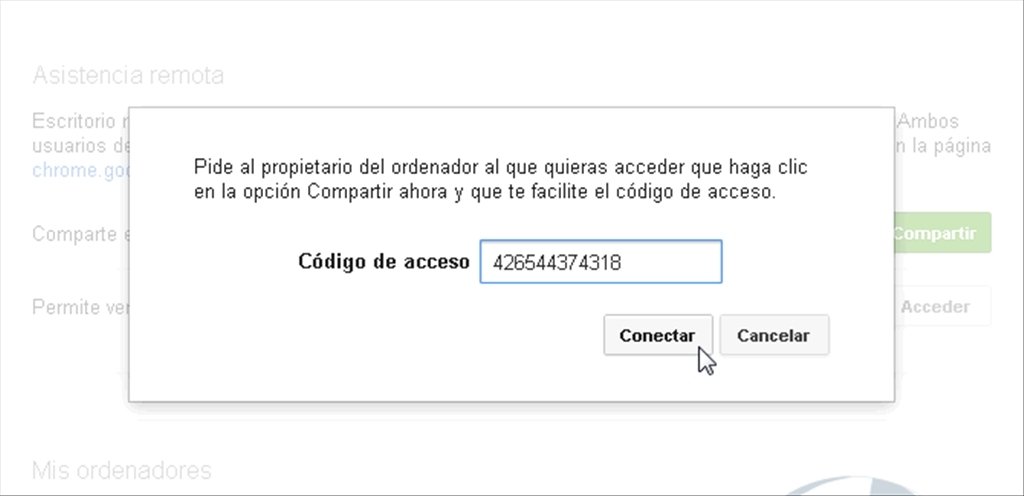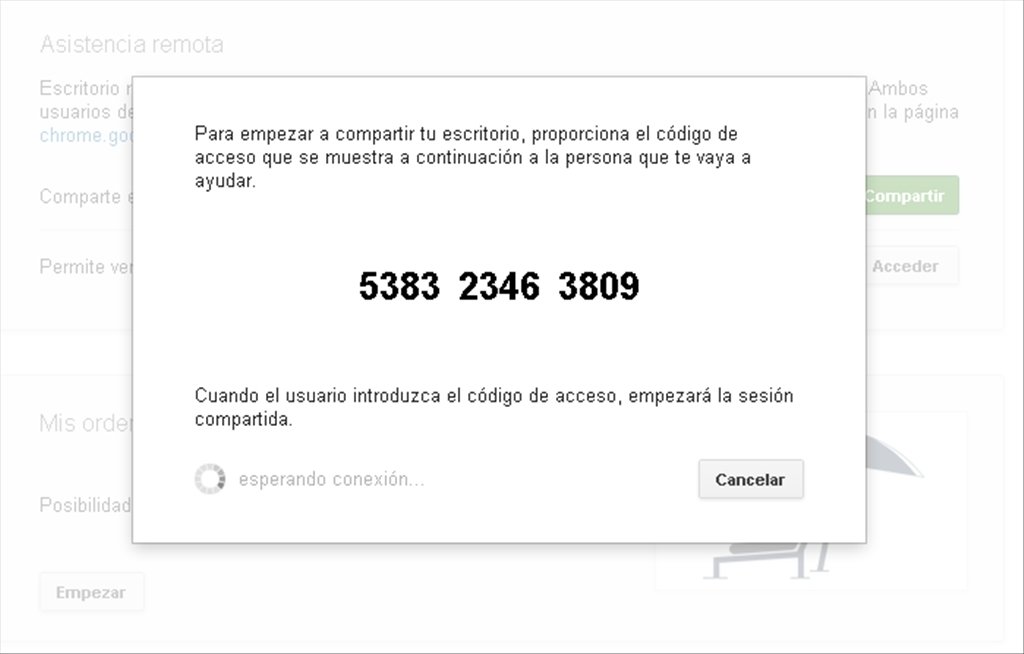
:max_bytes(150000):strip_icc()/chrome-remote-desktop-set-up-remote-access-cfbe1b6643a04ba89157edac8f11ff98.png)
Read our getting started guide if you need help with this.Įnsure both the exit node and devices using the exit node will runĮnsure your exit node is a Linux, macOS, Windows, or Android device.

And then other devices on your network can use that exit node as they’d like.īefore you begin this guide, you’ll need a Tailscale network, called a tailnet, set up.

Must allow it to be an exit node for the network.
Chrome remote desktop windows 10 sleep how to#
Let’s walk through how to configure an exit node for your network. With other VPNs or native WireGuard®, exit nodes are Tailscale’s equivalent.Įxit nodes use default routes under the hood. To route all your public internet traffic as needed, like a consumer VPN. Internet traffic: in a cafe with untrusted Wi-Fi, or when traveling overseasĪnd needing access to an online service (such as banking) only available in yourīy setting a device on your network as an exit node, you can use it However, there may be times when you do want Tailscale to route your public Secure communication between sensitive devices (company servers, home computers),īut don’t need extra layers of encryption or latency for their public internet By default, Tailscale acts as an overlay network: it only routes traffic betweenĭevices running Tailscale, but doesn’t touch your public internet traffic, suchĪs when you visit Google or Twitter.


 0 kommentar(er)
0 kommentar(er)
